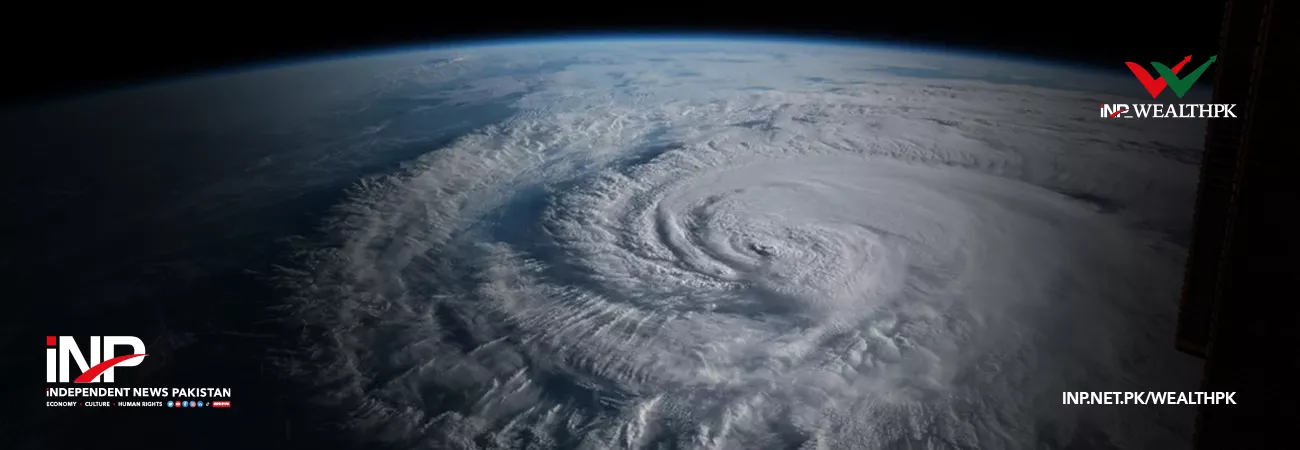INP-WealthPk
Arsalan Ali
Keeping in view the potential effects of tropical cyclones, infrastructure in Pakistan’s coastal areas should be designed specifically to minimise their impact. “This is crucial because the intensity and frequency of cyclones are expected to increase in the future due to the impact of climate change,” said Dr Ghulam Rasul, former director general of Pakistan Meteorological Department (PMD), while talking to WealthPK. He stated that buildings and infrastructure along the coast should be designed to withstand winds ranging from 200 to 300 kilometres per hour, as well as heavy rainfall and flooding. Dr Rasul pointed out that in South Asia, tropical cyclones primarily form in two basins: the Bay of Bengal and the Arabian Sea. Historically, the Arabian Sea had a minimal occurrence of cyclones during the previous five to 10 years.
However, due to rising sea temperatures attributed to climate change, the number of cyclones in the Arabian Sea has been increasing, paralleling the situation in the Bay of Bengal. Presently, one or two tropical cyclones form in the Arabian Sea each year. The ex-DG of PMD also mentioned that the ongoing Biparjoy cyclone is a result of low-pressure air forming over the sea's surface, accompanied by a sea surface temperature of approximately 26°C. Additionally, it requires an upward movement of air at a speed of about 26 knots per hour. Once the necessary conditions are met, a tropical cyclone begins to form and gradually intensifies as its circulation strengthens. Dr Rasul explained that tropical cyclones are categorised into five levels: 1, 2, 3, 4, and 5, indicating their respective intensities.
He mentioned a notable incident in the Arabian Sea where a Category 5 tropical cyclone named Cyclone Gonu occurred in 2007. This cyclone originated in the central region of the Arabian Sea and made landfall in Oman, causing a significant impact along the coast. Additionally, he referred to tropical cyclone Yemyin, which hit Pakistan in 2007 and entered through Pasni, affecting Balochistan and causing damage to a dam. When a tropical cyclone reaches land, it begins to lose its energy and eventually dissipates after some time. Dr Rasul emphasised that the Arabian Sea is a hotspot for the formation of tropical cyclones.
The current cyclone's extended duration is due to its slow movement, which allows it to gather more energy and increase intensity. He added the affected area encompasses a span of over a thousand kilometres, leading to widespread rainfall across Sindh province. He stated that there is a significant concern for agricultural orchards in the coastal areas. Additionally, the Thar Desert, which had not received rainfall for several months, was expected to experience substantial precipitation.
Credit : Independent News Pakistan-
WealthPk




